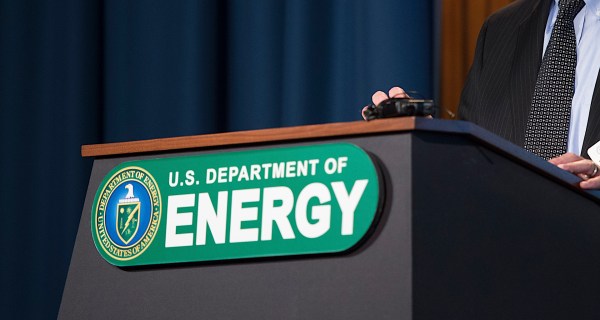The Energy Department is embracing the next generation of energy-efficient building research. The department’s Lawrence Berkeley National Laboratory launched the first experiment in its newly constructed test facility, which provides a futuristic level of research and experimentation of building-energy efficiency.
Statistics show there is a critical need for improvements in this area; residential and commercial buildings use 40 percent of America’s energy, adding up to more than $400 billion in costs for homes and businesses and nearly 2 billion metric tons of carbon emissions.
“The Energy Department’s national laboratories, in collaboration with industry, and state and local governments, is addressing this challenge by advancing emerging building systems and components aimed at reducing a building’s energy use 50 percent,” Roland Risser, program director at the department’s Building Technologies Office, said in a blog post. “This includes improving the energy efficiency, design, construction and operation of high-performance commercial buildings.”
The Facility for Low Energy Experiments in Buildings, or FLEXLAB, is the only facility in the country that allows industry and researchers to conduct full-scale outdoor integrated building systems such as lighting, heating and cooling systems, in a fully reconfigurable “plug-in-play,” according to Risser. The design was built on a fully customizable and configurable platform.
The lab has four two-cell test beds, each designed as small office buildings made with parts that can be interchanged depending on the experiment. The test beds allow researchers to study the effects of net-zero-energy buildings and also how building energy use changes with solar conditions.
The General Services Administration is one agency that has made efforts to be energy conscious. Its new location at 1800 F Street has green technologies and systems in place to lower costs and save energy.






